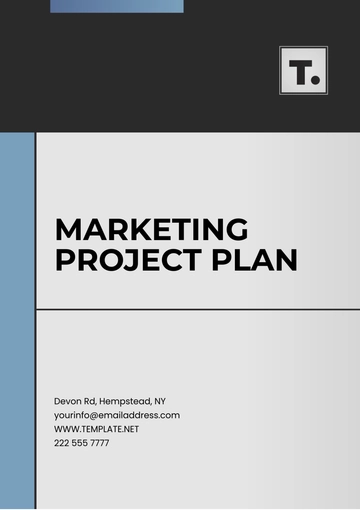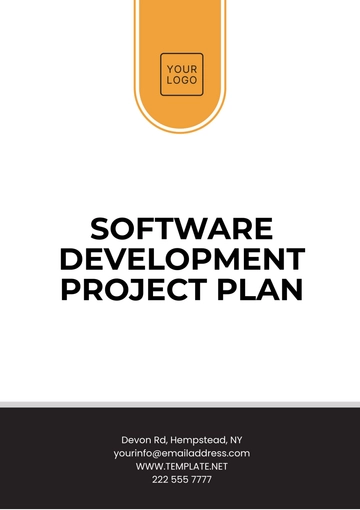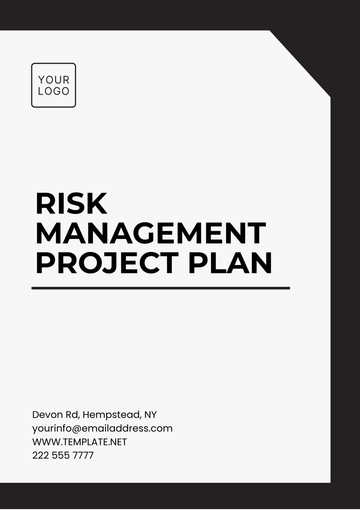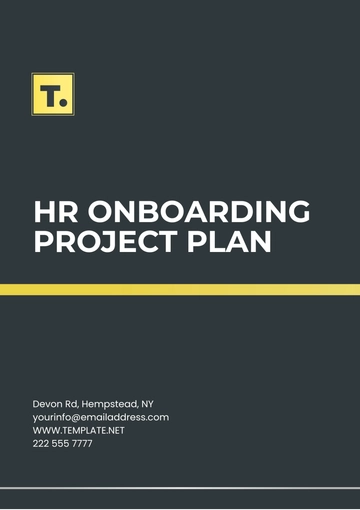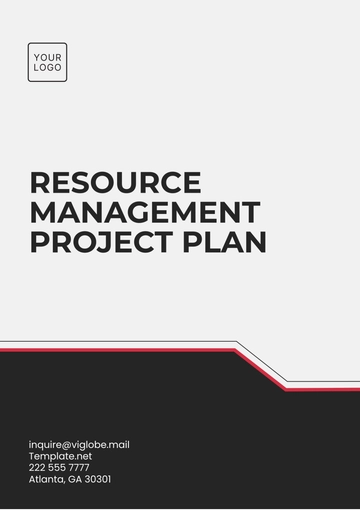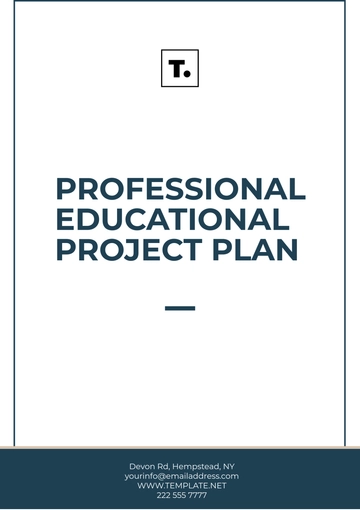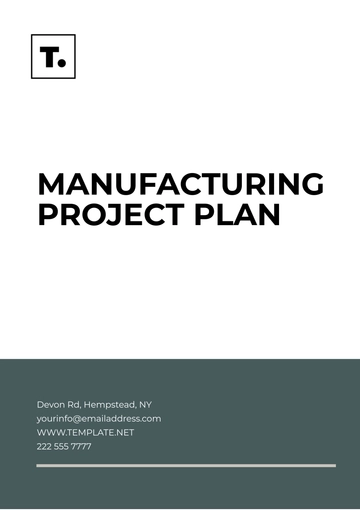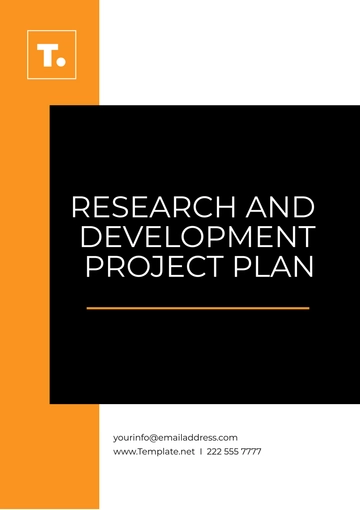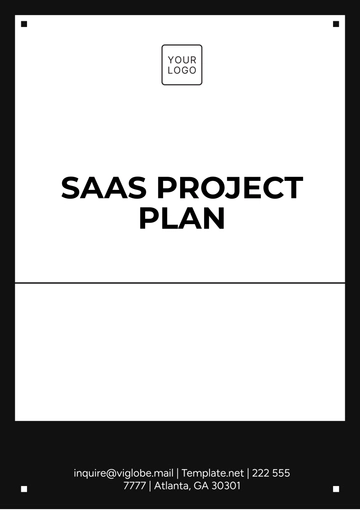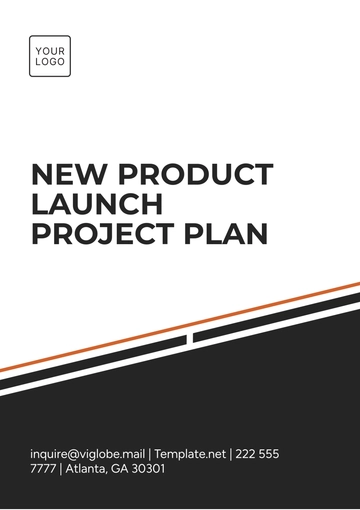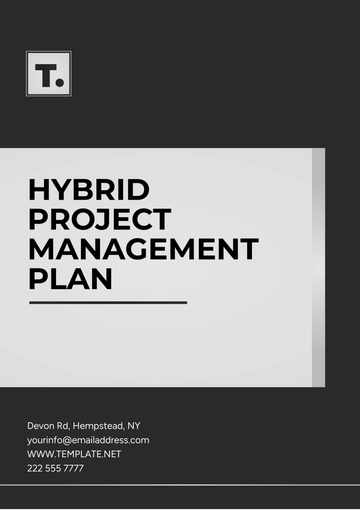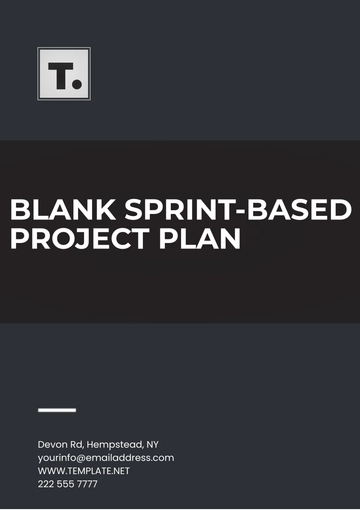Free Law Firm Project Plan
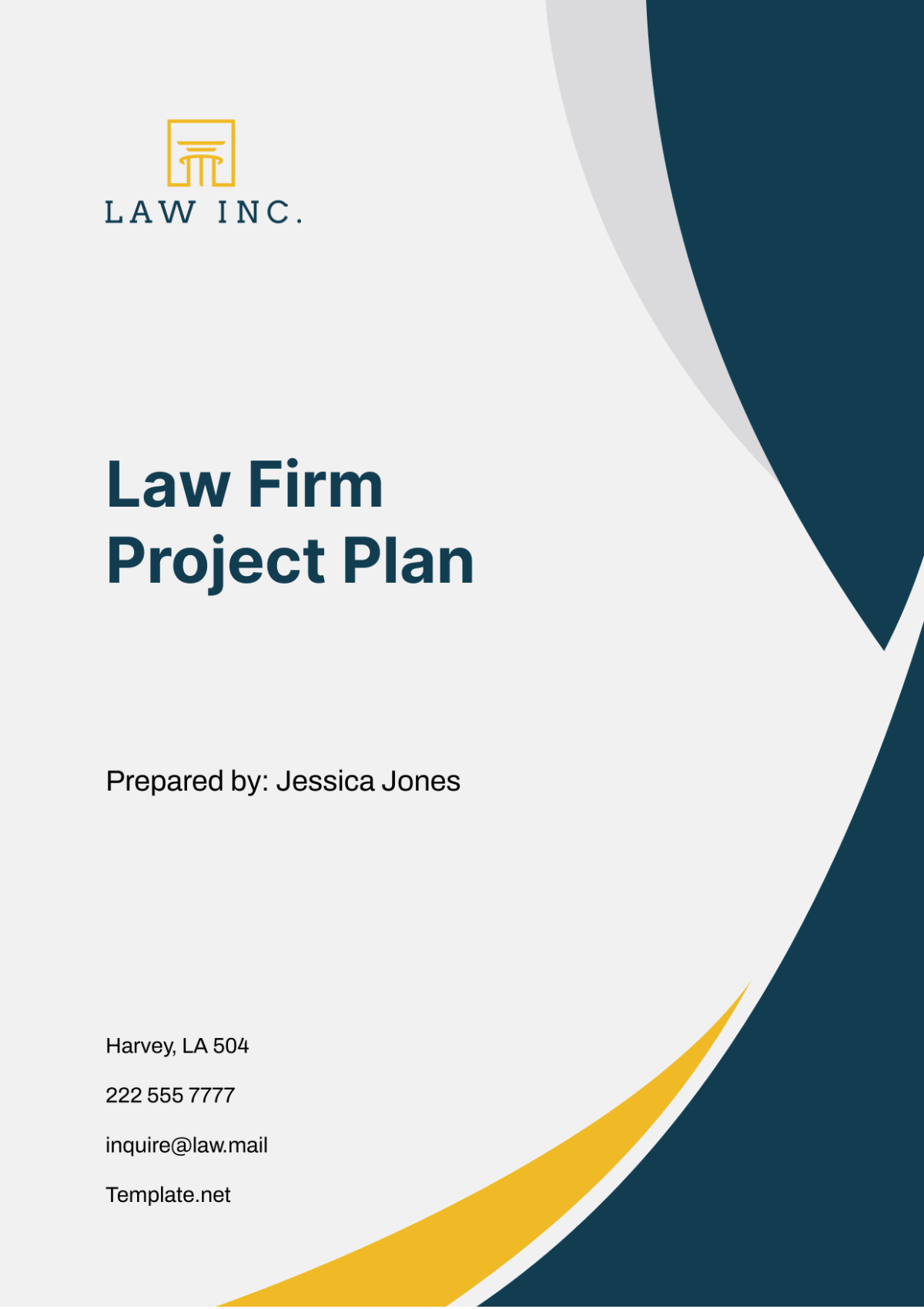
I. Executive Summary
The Law Firm Project Plan outlines the strategic initiatives and action steps necessary to achieve specific objectives within [Your Company Name]. By delineating clear goals, allocating resources, and establishing timelines, this plan aims to drive efficiency, enhance productivity, and ultimately contribute to the firm's overall success.
II. Project Objectives
Enhance Client Experience: Improve client satisfaction and retention through streamlined processes and enhanced communication channels.
Increase Operational Efficiency: Identify and implement measures to optimize internal workflows and resource utilization.
Expand Service Offerings: Explore opportunities to diversify practice areas and meet evolving client needs.
Strengthen Team Collaboration: Foster a culture of collaboration and knowledge sharing among staff members to enhance productivity and effectiveness.
III. Project Scope
The Law Firm Project will encompass the following key areas:
Client Experience Enhancement: Implementing client feedback mechanisms, enhancing communication protocols, and refining client onboarding processes.
Operational Efficiency Improvement: Assessing current workflows, identifying bottlenecks, and implementing technology solutions to streamline operations.
Service Offering Expansion: Researching emerging legal trends, evaluating market demand, and developing strategies to expand into new practice areas.
Team Collaboration Enhancement: Establishing cross-functional teams, implementing collaboration tools, and facilitating training sessions to promote knowledge sharing and teamwork.
IV. Project Deliverables
These comprehensive deliverables outline the specific initiatives and outcomes targeted within each area of the Law Firm Project, emphasizing a holistic approach to enhancing client experience, improving operational efficiency, expanding service offerings, and strengthening team collaboration within [Your Company Name].
Client Experience Enhancement:
Develop a revised client onboarding process that incorporates feedback from client surveys, ensures clear communication of expectations, and establishes a personalized approach to addressing client needs and concerns.
Implement enhanced communication protocols, including regular updates on case progress, proactive communication of important milestones, and accessibility to legal staff for client inquiries and consultations.
Establish and implement client feedback mechanisms, such as satisfaction surveys and feedback forms, to solicit input on service quality, responsiveness, and overall client experience, with a focus on continuous improvement and relationship building.
Operational Efficiency Improvement:
Conduct a comprehensive assessment of current workflows and operational processes to identify inefficiencies, bottlenecks, and areas for improvement, utilizing tools such as process mapping and workflow analysis.
Develop and implement recommendations for workflow optimization, including streamlining administrative tasks, automating routine processes, and standardizing procedures to increase efficiency and productivity across the firm.
Create an implementation plan for technology solutions aimed at improving operational efficiency, such as case management software, document automation tools, and communication platforms, with a focus on integration, user training, and change management to ensure successful adoption and utilization by staff.
Service Offering Expansion:
Conduct market research and analysis to identify emerging legal trends, assess market demand, and evaluate the competitive landscape in potential practice areas, utilizing data-driven insights to inform strategic decision-making and opportunity identification.
Develop a business case for expansion into identified practice areas, outlining the rationale, market opportunity, competitive positioning, resource requirements, and expected return on investment, to guide decision-making and secure buy-in from firm leadership and stakeholders.
Create an implementation roadmap for new service offerings, outlining key milestones, resource allocation, timelines, and dependencies, and detailing the necessary steps for successful launch and integration into existing firm operations, with a focus on delivering value to clients and achieving strategic objectives.
Team Collaboration Enhancement:
Establish cross-functional teams comprised of representatives from different practice areas and departments, fostering collaboration, knowledge sharing, and cross-pollination of ideas to enhance creativity, innovation, and problem-solving capabilities within the firm.
Roll out collaboration tools and technologies, such as project management platforms, document sharing systems, and virtual communication channels, to facilitate seamless communication, collaboration, and information exchange among team members, regardless of location or department.
Schedule and conduct training sessions for staff members on effective collaboration techniques, best practices for utilizing collaboration tools, and strategies for fostering a culture of teamwork, transparency, and mutual support, to empower employees to work together more effectively and achieve common goals.
V. Project Timeline
Phase | Activities | Timeline |
|---|---|---|
Planning | Define project scope and objectives | Month 1 |
Conduct market research and client surveys | Months 1-2 | |
Execution | Implement client feedback mechanisms | Months 3-4 |
Optimize internal workflows | Months 5-6 | |
Research potential practice areas | Months 7-8 | |
Monitoring and Control | Monitor client satisfaction metrics | Ongoing |
Review operational performance indicators | Ongoing | |
Closure | Evaluate project outcomes | Month 12 |
Document lessons learned and best practices | Month 12 |
VI. Project Resources
A. Personnel:
Project Manager: Oversees the planning, execution, and monitoring of the project, ensuring alignment with objectives, timelines, and budgetary constraints.
Cross-functional team members: Representatives from different practice areas and departments who contribute their expertise and insights to the project, participate in decision-making, and collaborate on various initiatives.
Subject matter experts: Individuals with specialized knowledge or skills relevant to specific project deliverables, such as technology consultants, legal researchers, or industry analysts, who provide guidance and support in their respective areas of expertise.
B. Technology:
Collaboration tools: Software platforms and applications that facilitate communication, document sharing, project management, and virtual collaboration among team members, enhancing productivity and efficiency.
Project management software: Tools for planning, scheduling, tracking progress, and managing resources and tasks throughout the project lifecycle, ensuring transparency, accountability, and effective coordination.
Client feedback platforms: Online survey tools, feedback forms, or customer relationship management (CRM) systems used to collect and analyze client feedback, enabling data-driven decision-making and continuous improvement initiatives.
C. Budget:
Allocation for technology upgrades: Funds earmarked for the acquisition, implementation, and maintenance of technology solutions aimed at improving operational efficiency, enhancing client experience, and supporting project objectives.
Training and development expenses: Budgetary provisions for conducting training sessions, workshops, or seminars to enhance staff skills and capabilities, facilitate knowledge sharing, and promote adoption of new tools and processes.
Market research and analysis costs: Resources allocated for conducting market research, industry analysis, and competitive intelligence activities to inform strategic decision-making, identify growth opportunities, and guide expansion efforts into new practice areas or market segments.
Budget Category | Allocation (USD) |
|---|---|
Technology Upgrades | $50,000 |
Training and Development | $30,000 |
Market Research and Analysis | $20,000 |
VII. Risks and Mitigation Strategies
A. Client Resistance:
Risk: Clients may resist changes in processes or procedures, leading to dissatisfaction and potential loss of business.
Mitigation Strategies:
Proactively communicate changes to clients, emphasizing the benefits and improvements resulting from the implemented changes.
Provide clear and transparent information about the reasons behind the changes and how they will enhance the client experience.
Offer personalized support and assistance to clients during the transition period, addressing any concerns or questions promptly and effectively.
Solicit feedback from clients throughout the process, actively listening to their input and incorporating their suggestions where feasible to demonstrate responsiveness and commitment to their satisfaction.
B. Technological Challenges:
Risk: Implementation of new technologies may encounter technical difficulties, compatibility issues, or resistance from staff, leading to delays or disruptions in project execution.
Mitigation Strategies:
Conduct thorough testing and pilot programs before full-scale implementation to identify and address any technical issues or compatibility concerns.
Provide comprehensive training and support to staff members to ensure they are proficient in using the new technologies and understand their benefits and functionalities.
Establish clear communication channels for staff to report any technical problems or challenges encountered, with dedicated support resources available to address issues promptly.
Foster a culture of openness and adaptability, encouraging staff to embrace change and view technology as a tool to enhance their productivity and effectiveness in serving clients.
C. Market Volatility:
Risk: Changes in market conditions, economic downturns, or shifts in client demand may impact the firm's revenue streams and financial stability.
Mitigation Strategies:
Diversify service offerings and client base to reduce reliance on any single practice area or client segment, spreading risk across multiple revenue streams.
Maintain a flexible and agile approach to resource allocation and strategic decision-making, enabling the firm to quickly adapt to changing market dynamics and capitalize on emerging opportunities.
Monitor key performance indicators and financial metrics regularly to identify early warning signs of market volatility and implement proactive measures to mitigate potential risks.
Establish contingency plans and reserve funds to cushion the firm against unforeseen challenges or downturns, ensuring financial resilience and sustainability in the face of adversity.
IX. Conclusion
The Law Firm Project Plan outlines a structured approach for achieving key objectives within [Your Company Name], focusing on enhancing client experience, improving operational efficiency, expanding service offerings, and strengthening team collaboration. Through diligent execution and ongoing monitoring, the project aims to position the firm for long-term success and sustainability in the competitive legal landscape.
- 100% Customizable, free editor
- Access 1 Million+ Templates, photo’s & graphics
- Download or share as a template
- Click and replace photos, graphics, text, backgrounds
- Resize, crop, AI write & more
- Access advanced editor
Efficiently manage projects in your law firm with Template.net's Law Firm Project Plan Template. Easily editable in our AI Editor Tool, this customizable template provides a structured format for outlining project goals, tasks, timelines, and responsibilities. Enhance project management, foster collaboration, and ensure successful outcomes effortlessly using our user-friendly template!


